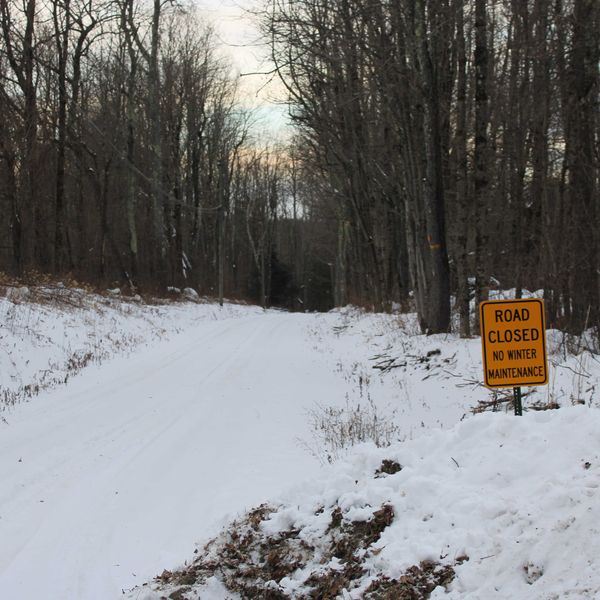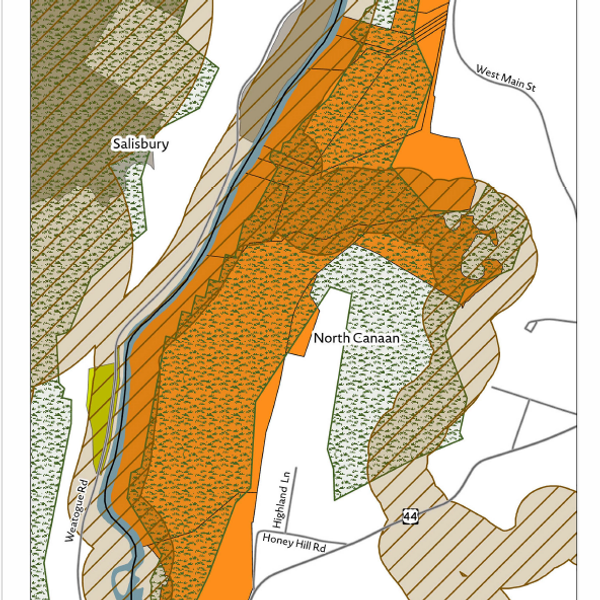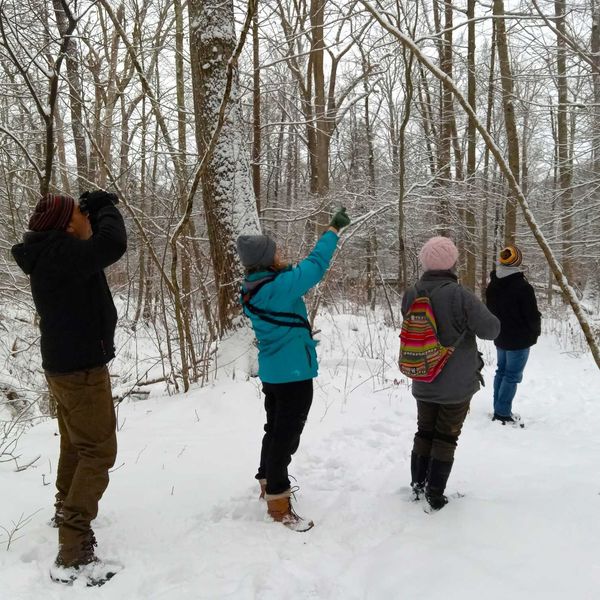Woodpeckers reappear as spring nears
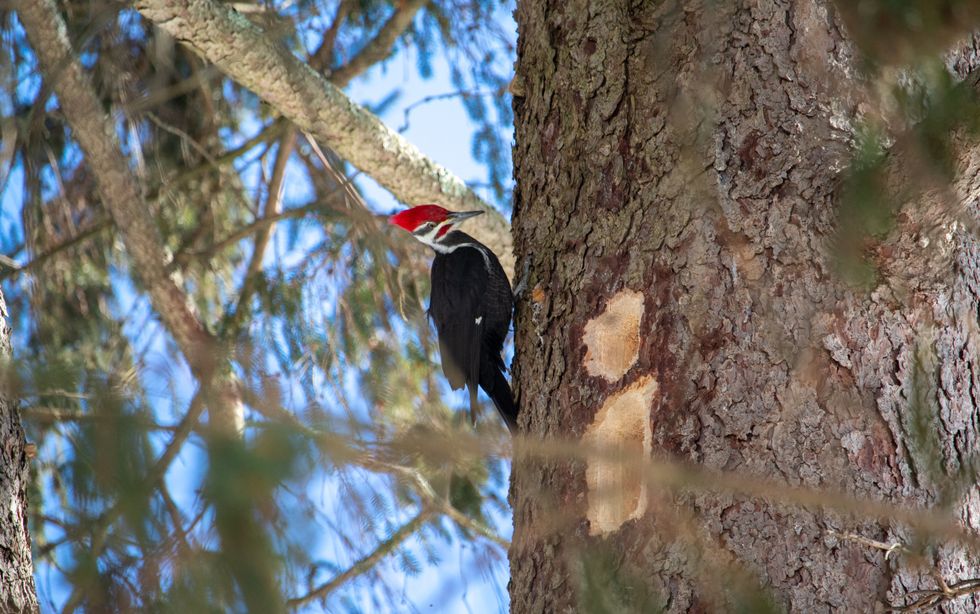
Woodpeckers have been making their presence known in recent weeks, in part thanks to the loud hammering noise they make as they search for bugs and begin to seek mates. This pileated woodpecker, spotted recently in Salisbury, carved out two holes in the trunk of an evergreen tree as it captured edible insects.
Photo by James H. Clark

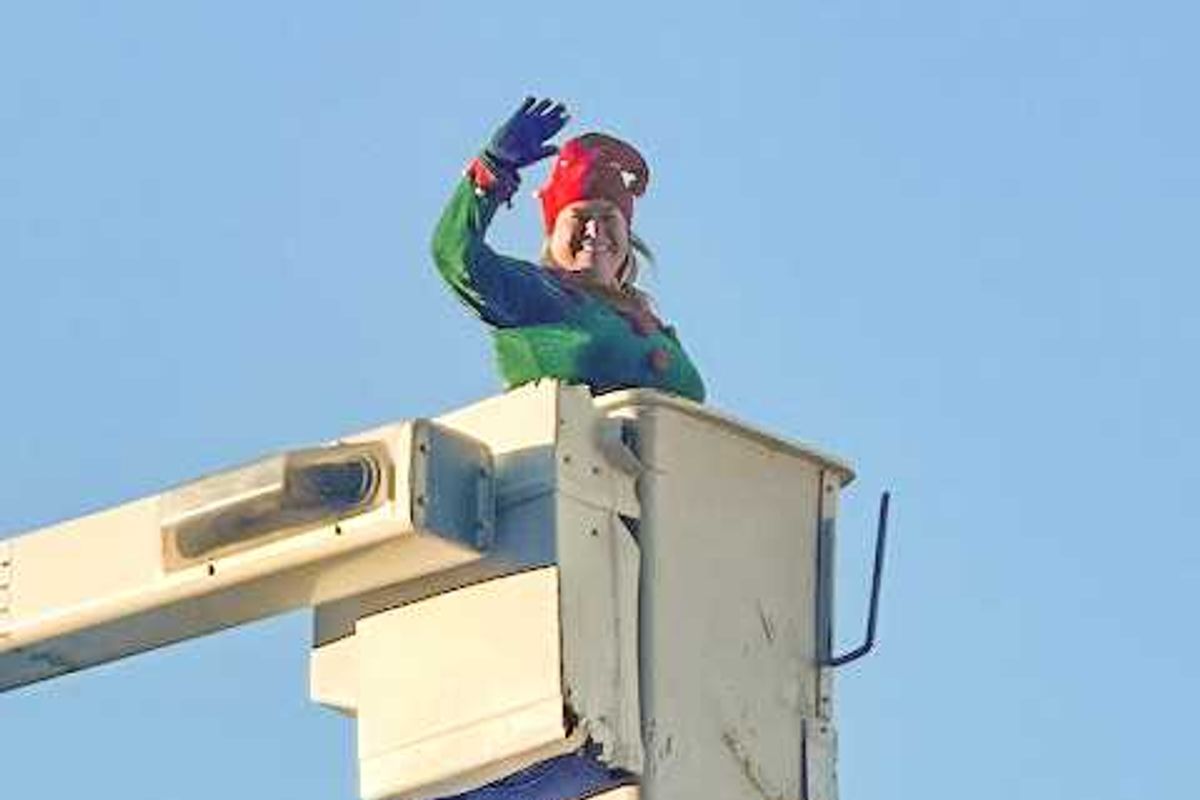
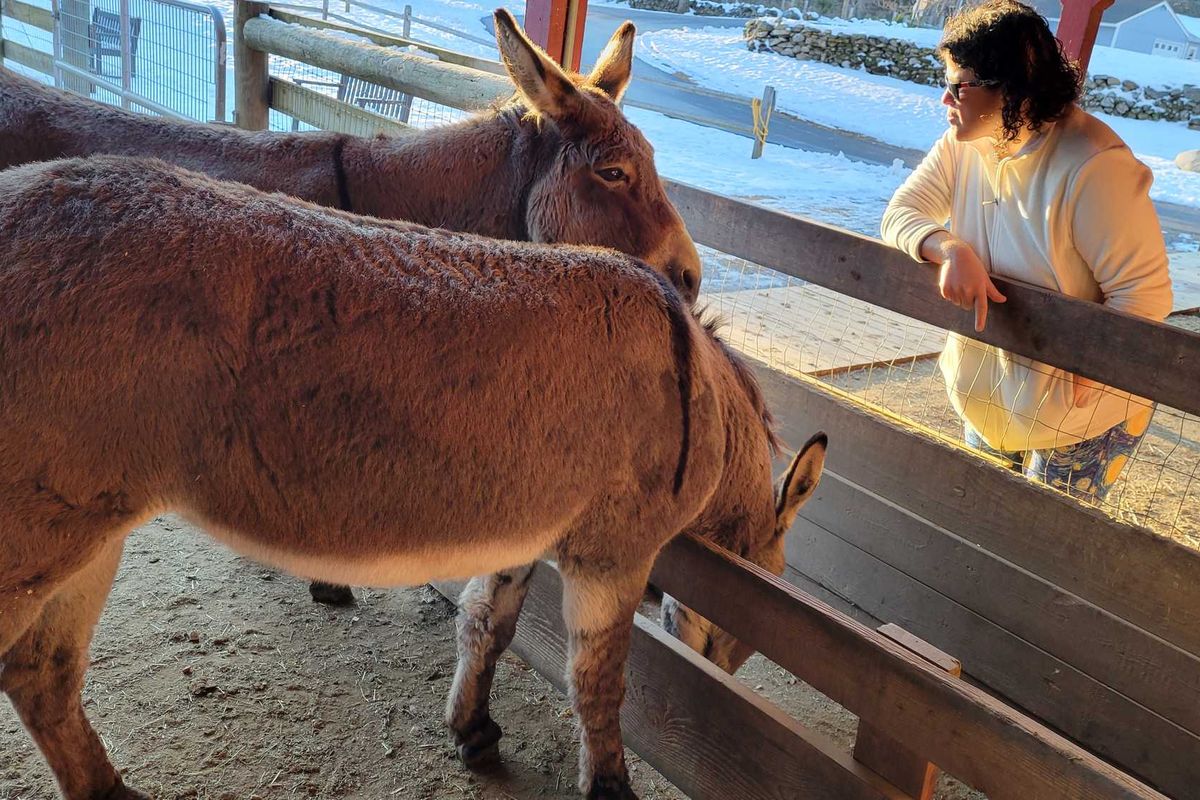
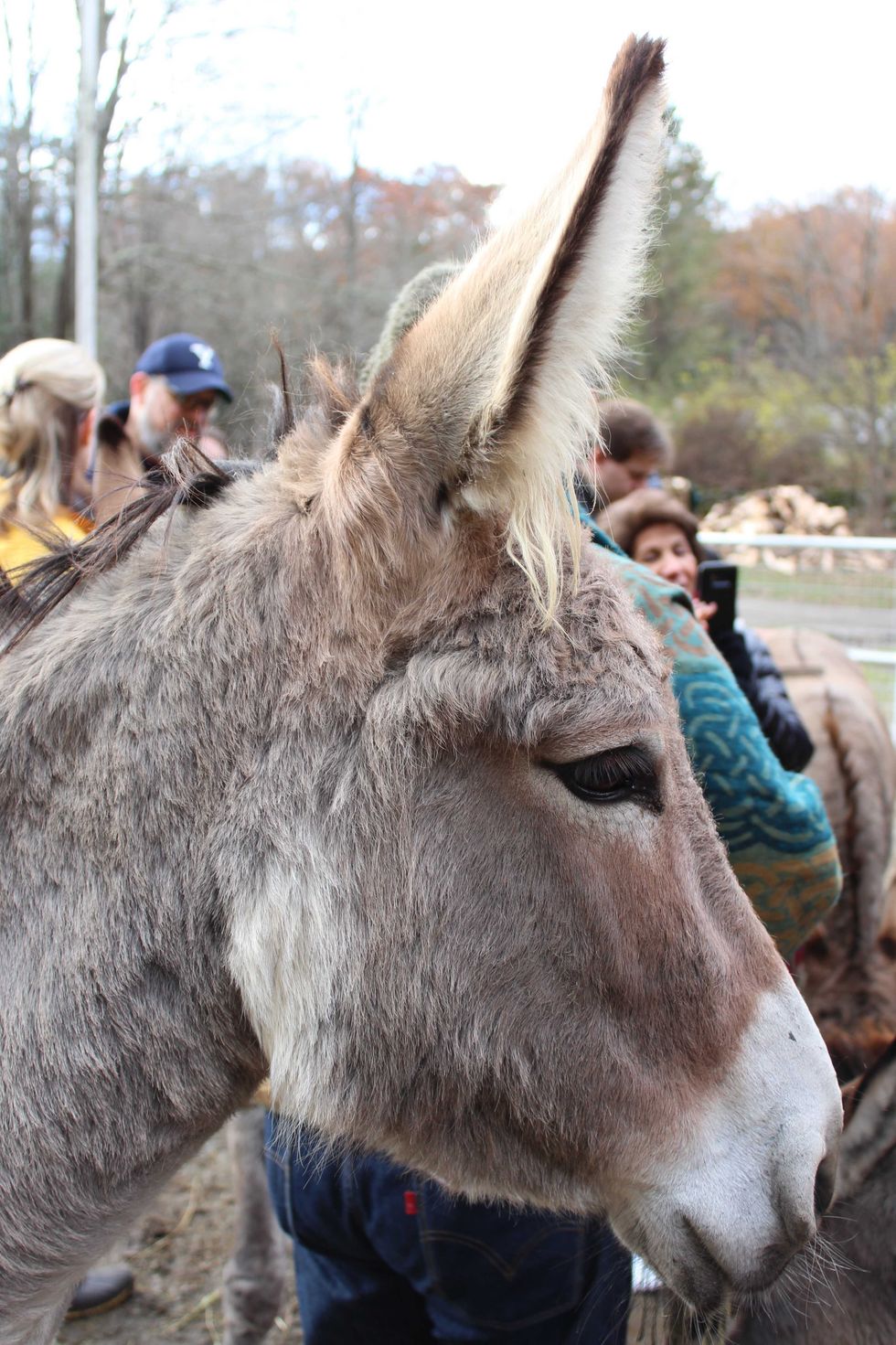 Participants are encouraged to mingle with the donkeys.Debra A. Aleksinas
Participants are encouraged to mingle with the donkeys.Debra A. Aleksinas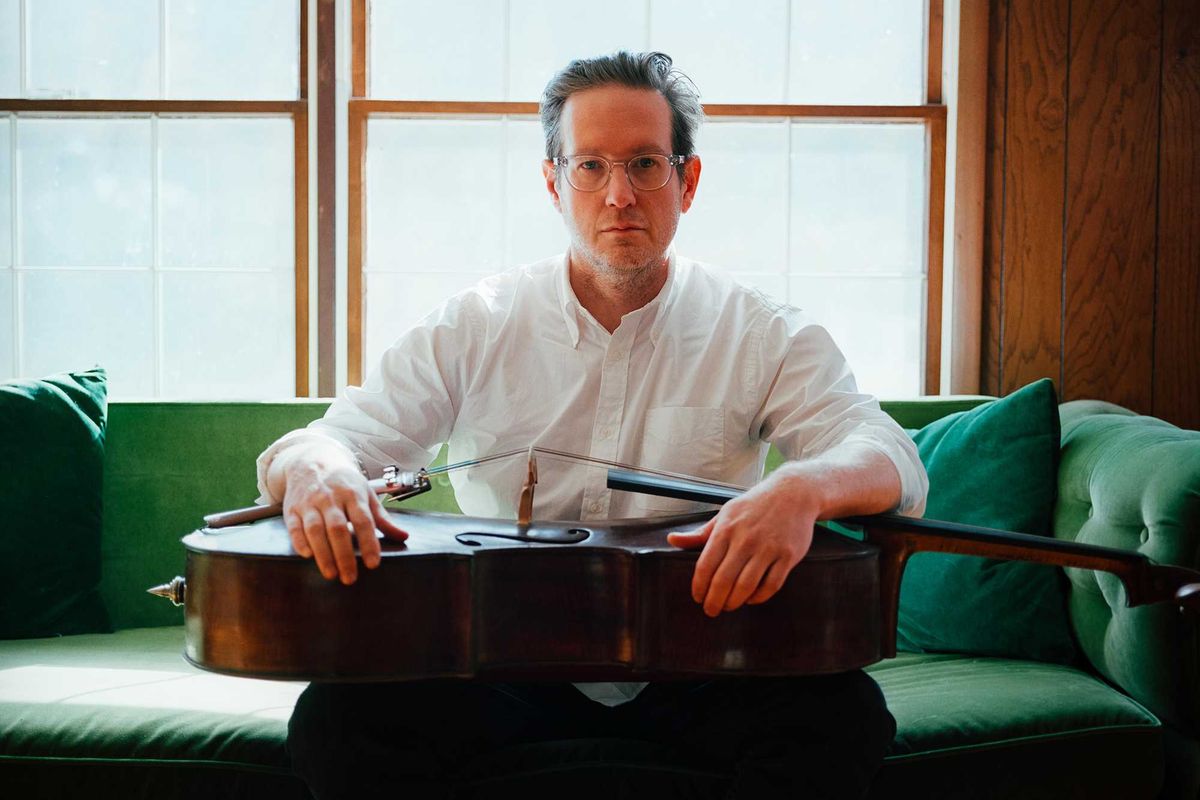
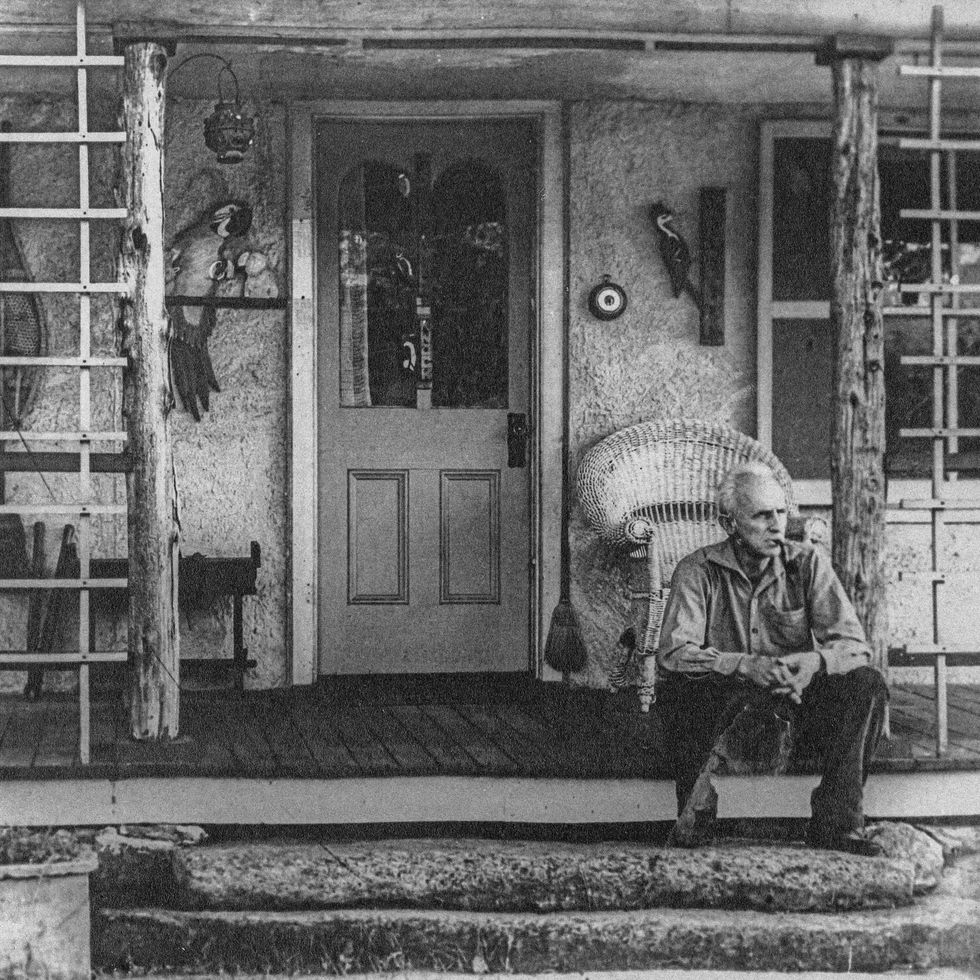 Rex Brasher at his home in Chickadee Valley.Provided
Rex Brasher at his home in Chickadee Valley.Provided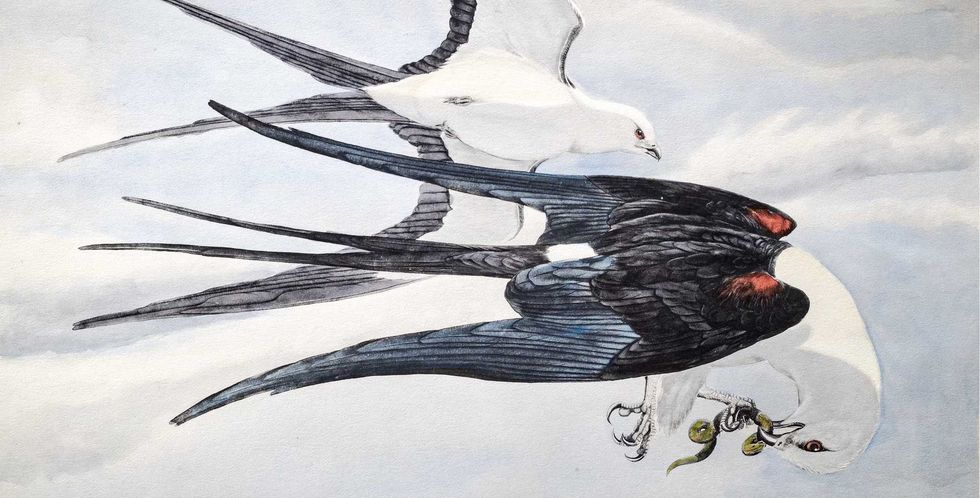 ‘Swallow Tail Kite’ by Rex BrasherProvided
‘Swallow Tail Kite’ by Rex BrasherProvided
